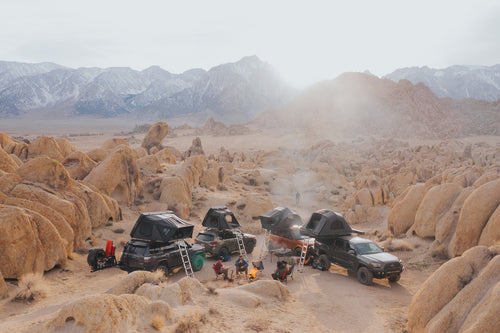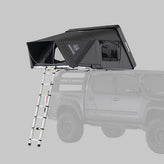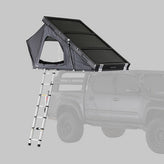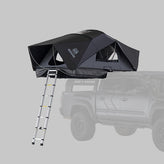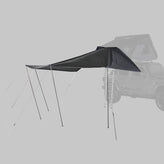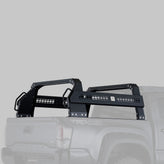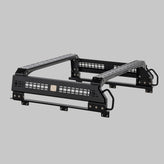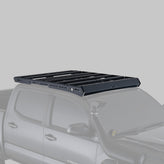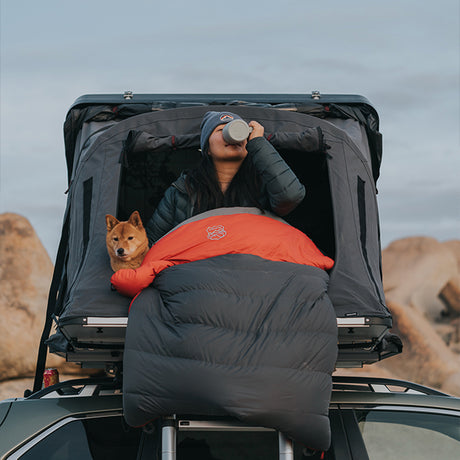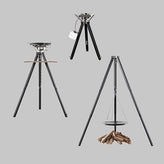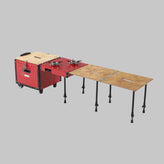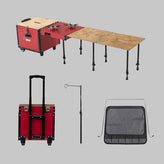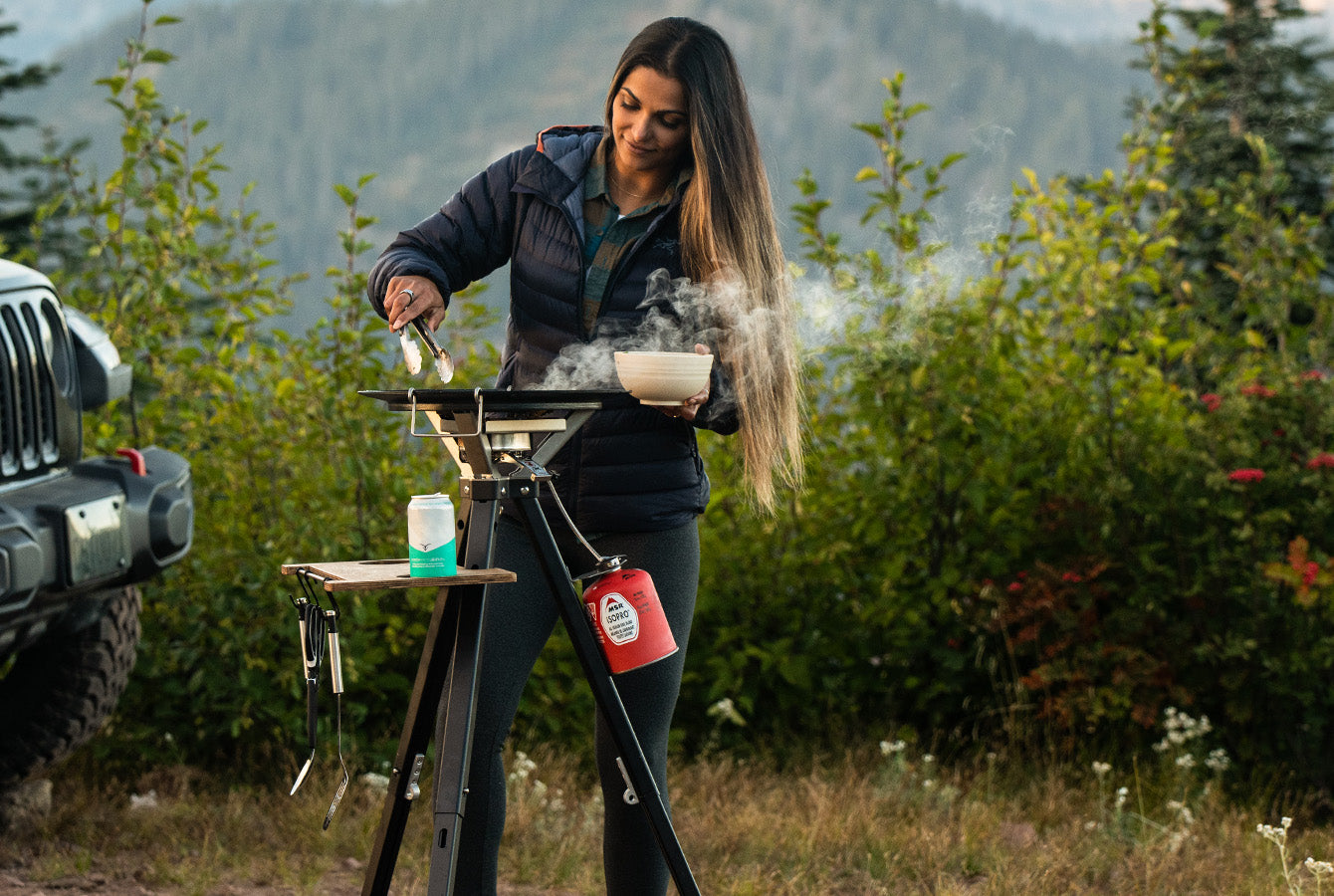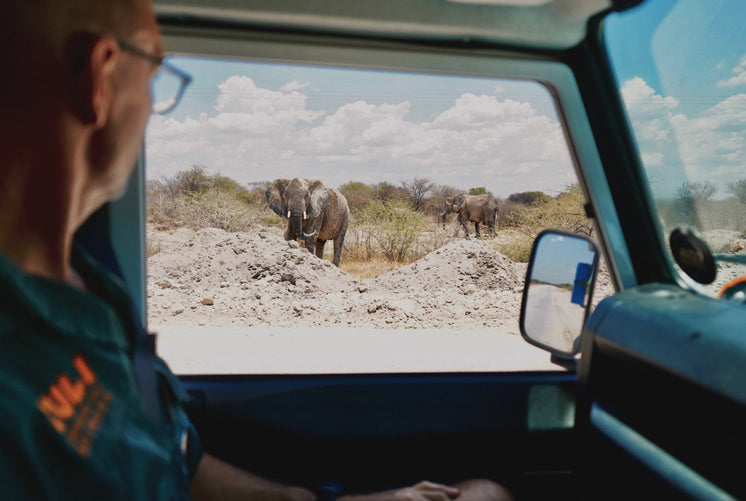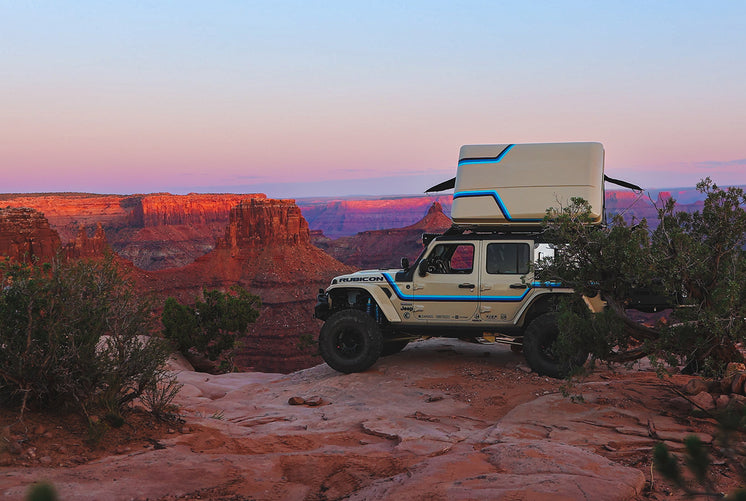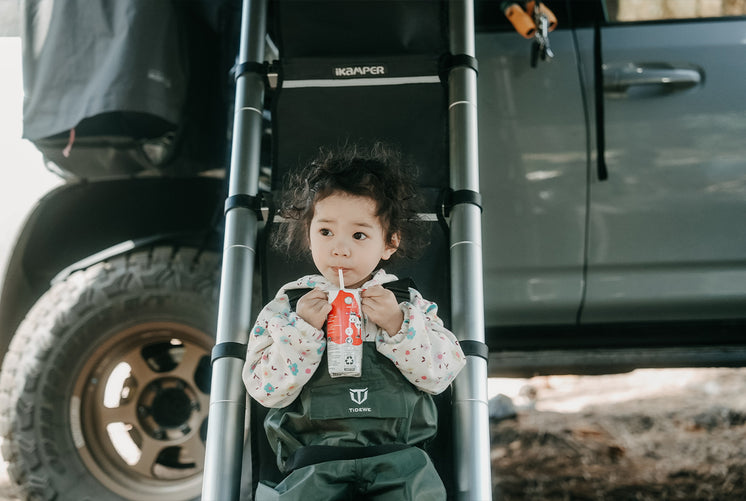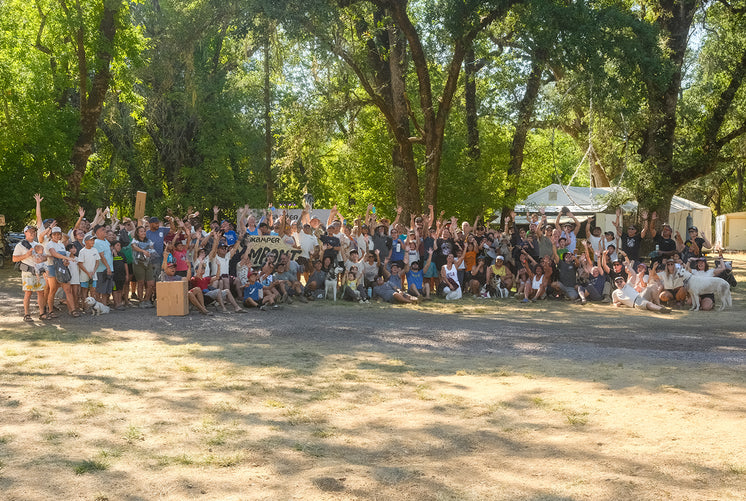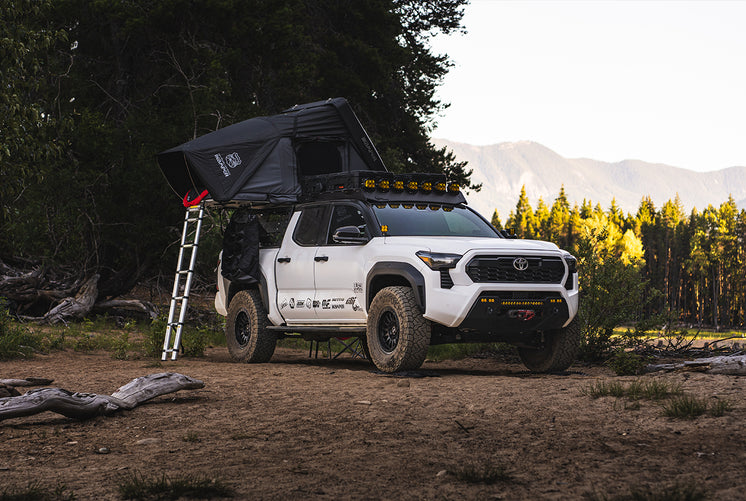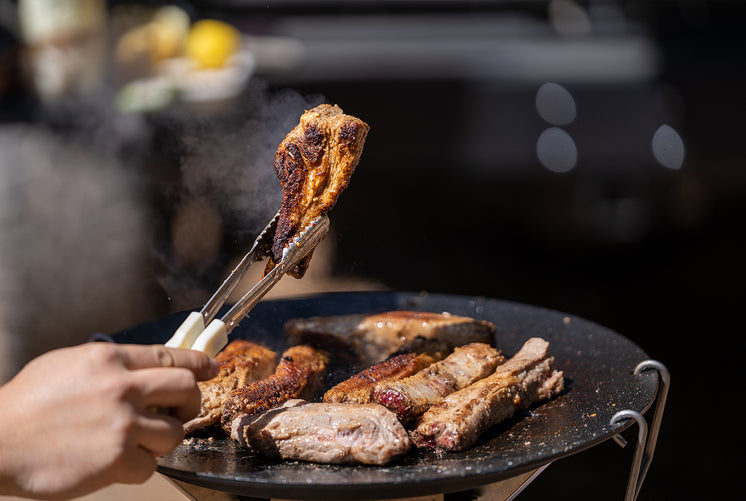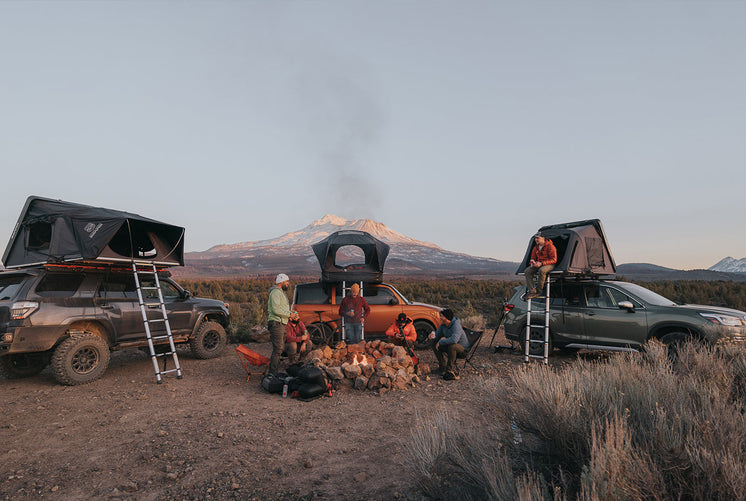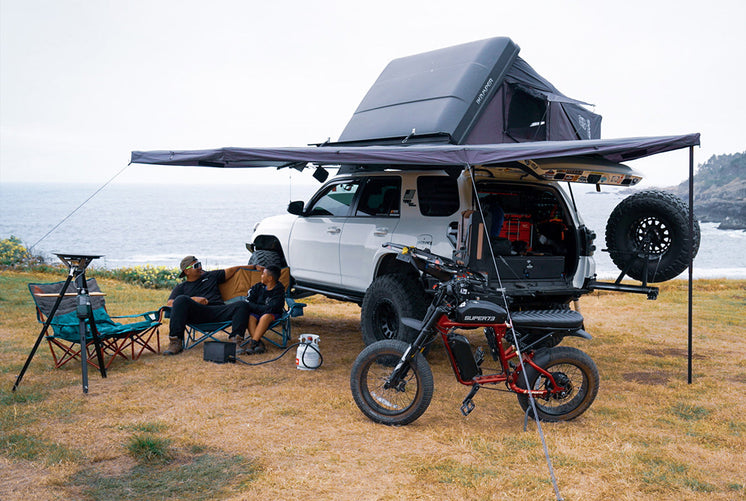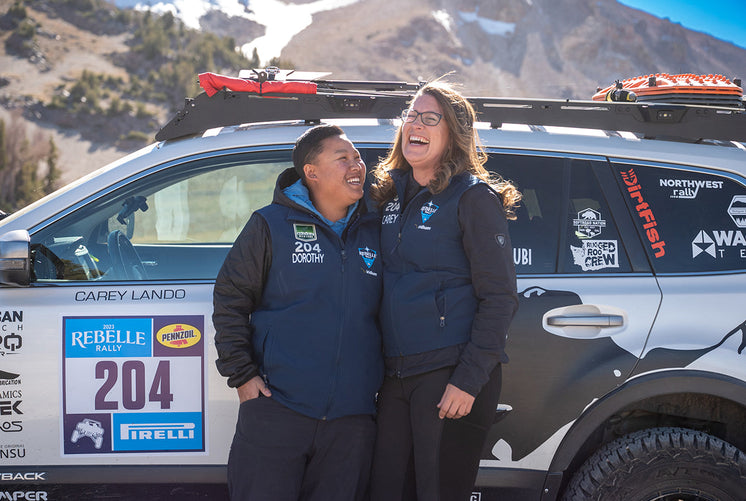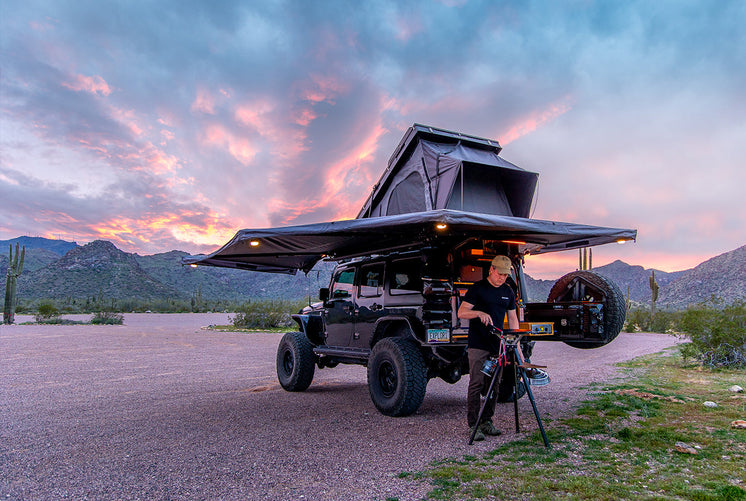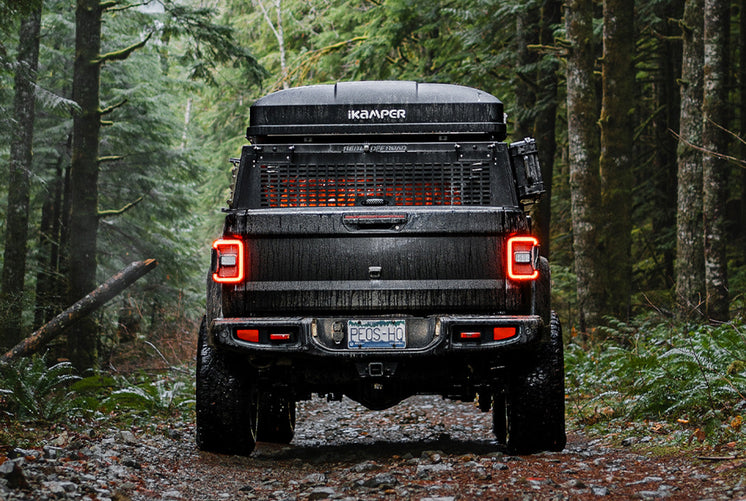A Guide to Cooking Outside On Your Next Camping Trip
After stepping away from the comfort and convenience of your home kitchen, you may wonder how to even begin to cook a meal. Don’t overthink it. Cooking outside is just that: cooking in the open air of your backyard, tailgate parking lot, campsite, or on the trail. It shouldn’t conjure images of a survival scenario just because there isn’t running water within arm’s reach. There are few simple pleasures in life like cooking outdoors. In this guide, we’ll cover everything you need to know about how to cook outside so you can enjoy it as much as we do.
Prepare To Cook Outside While at Home
There is a term in professional kitchens, mise en place, which means to gather, or everything in its place. The spirit of this expression is to prepare your station with everything needed before you begin. Apply this principle to cooking outside, gathering everything you need before embarking on your adventure. Your list should not only account for your ingredients but your equipment, like cookware and utensils, as well. This step cannot be overlooked because once you find yourself in the wilderness hungry and ready to eat, it may not be possible to make a run to the store for missing ingredients.
Also, consider the environment where you’ll be cooking and how much equipment and provisions will be reasonable to transport. For example, when backpacking, everything will have to be carried in and out with you on foot, so it’s best to pack light or share the load with your companions.


Prep Your Food at Home
If you typically like to cook from scratch, prepare as much food as you can at home. This will set you up for success, saving time and effort and reducing mess and equipment to bring along for the ride.
Think about each meal and any snacks, then make a list. Where can you create efficiency? Where can you carry leftovers from one meal into the next? Proteins can be seasoned or marinated in advance. Vegetables can be chopped or diced and stored in a resealable bag or airtight container. Go even farther if you like, and fully cook a meal at home, freezing it until you’re ready to eat.
Dishes like chili, stews, or one-pot meals are especially forgiving of being frozen, not to mention a hearty reward for adventurous days on the trail. Adding them to your cooler pre-frozen will also reduce the need for store-bought ice or ice packs. Just add heat and enjoy.
Get Proper Outdoor Cooking Equipment
There’s nothing quite like tapping into your primitive instincts and cooking directly over a fire with a campfire grate. We love it, but it can also be a lot. Traditional fires require stacks of wood to maintain a consistent temperature, and there’s the additional challenge of adjusting cook times from stovetop or oven to literal fire. We find this method to be most effective for the basics - roasting corn or vegetables, toasting bread, grilling meats, and that’s about it. If you have roasting sticks or pie irons, hot dogs, marshmallows, and toasted sandwiches are the stuff of campfire nostalgia, and they’re every bit as good as you remember. No shame in keeping things simple.


For everything else, you will want to pick up equipment designed for outdoor cooking, such as a dual burner camp stove that folds up for portability. Many brands produce these with a range of useful features like windscreens and matchless lighting so you can still whip up a meal in any weather. The Aioks takes this dual burner stove model further with its fold-out prep table and carryall storage features for a complete kitchen in a box. These camp stoves are ideal for cooking with pots, skillets, and any other traditional cookware like you might use at home.
You can also find single-canister stoves, or backpacker stoves, that pack down to an impossibly small footprint. They’re most useful for boiling water, which comes in handy for your morning cup of coffee or a dehydrated meal of the just-add-water variety.


Another option for camp cooking is a discada, or cowboy grill. This style of kitchen system goes back generations to ranch hands using plow disks to cook outdoors in the fields where they worked. Camp grills like the Disco Series feature a tripod with a curved disc at the top for use as a skillet or grill. Some use the heat of the fire from an elevated position to offer a greater sense of control, others use alternate fuel sources such as propane, and some can do both. These grills are a versatile option that you can take just about anywhere, no matter if you’re headed to the beach or the backcountry.
As far as what equipment to cook with, there’s nothing wrong with using pots and pans from home other than their weight and relative size to your kitchen system. Depending on how often you plan to cook outside, it could be a reasonable investment to purchase camp cookware or a cookset. They are designed to be ultra-lightweight and nest together for easy storage. Their economy of scale makes them ideal for backpacking and camping, and they play nicely with compact camp stoves. On the other hand, a lot of folks love cast iron skillets and dutch ovens because they maintain heat extremely well and have almost bombproof durability. It’s true! But they come with a tradeoff in weight. Cast iron cookware is best for situations where weight is not an issue, such as car camping or staying in a cabin.


For all of the outdoor cooking equipment discussed above, you will find there is a wide range of baseline and deluxe models. Build your own kitchen system with what works best for your budget, as well as your sensibilities. You can even find helpful accessories to keep your gear organized.
Properly Store Your Food
Unless you plan to forage for your lunch in the great outdoors, you will need a way to properly store any food you intend to cook. There are two key considerations to keep in mind:
- Keep your ingredients safely stored to prevent spoiling.
- Follow all guidelines with regard to wildlife such as bears, raccoons, etc.
If none of your ingredients require refrigeration because you plan to pack shelf-stable or freeze-dried meals, no worries, you’re a step ahead. If your meal plan includes any raw proteins or ingredients that need to remain chilled for food safety, you will want to bring a cooler packed with ice. As mentioned above, you can freeze some premade meals, or even your proteins, and they will help keep the cooler well chilled with less ice. There are portable refrigerators for camping, but they can cost a pretty penny. A traditional cooler packed with ice works just fine. Remember that the ice will melt, so make good use of resealable bags and airtight containers to prevent your food from becoming a waterlogged mess.
The consideration of wildlife is critical. Food left out in the open or unattended can lead to life-threatening situations. When cooking outdoors in bear country, it is recommended to cook at a distance from your campsite so the food cannot be traced back to where you sleep. It is also recommended to store food and anything scented, like deodorant and toothpaste, in a bear-proof container. Depending on the location you find yourself, it may be enough to latch your cooler to keep squirrels and rodents at bay or to store your cooler inside your car to deter raccoons. Bear country is entirely different, and all guidelines should be followed to ensure your own safety and that of wildlife. Your car is not a bear-proof container.
What To Do When Cooking Outdoors
Once you have you’ve decided what to cook and how you want to cook outdoors, there’s not much left to be done. Start by staging your cook station and locating all of your ingredients and utensils. This comes back to mise en place and setting yourself up for success.

Prepare Your Outdoor Cooking Space
You can’t just build a roaring fire wherever you please and throw caution to the wind. That’s how wildfires get started. Assess your space, then set up your outdoor cooking equipment with these tips in mind:
- For cooking over a fire, look for an established fire ring.
- Check for burn bans before you even light a match.
- Have a backup plan if wood fires are restricted.
- Check if gathering firewood is prohibited, and purchase some if required.
- For cooking with a camp stove or grill, find a flat area to provide a stable surface.
- Avoid setting up your cooking equipment directly under trees or in close proximity to anything flammable.
- Create a dual-purpose station that can be used for meal preparation as well as cleaning up. A picnic table is great, but whatever you can improvise works fine too.
Cook a Delicious Meal!
This is the fun part, and you are sure to have worked up an appetite by now. It’s time to get down to the task at hand! With your equipment ready and your meal prepped, fire up the heat and start cooking. Each step you’ve taken to prepare will now pay off as you enjoy the sun on your face, the smell of a delicious meal on the wind, and the natural landscape melting away your worries.


